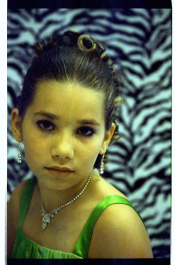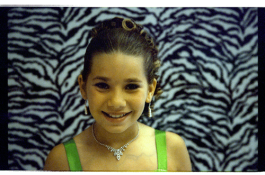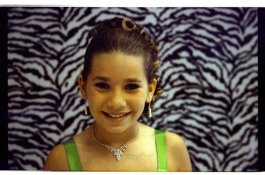I'd like to clarify I was reading the Kodak charts wrong, as there is a typo on the Porta 800 curve, it reads 0, -1, -3, -2. :/
I never noticed that before.
edit: if the curves are to be believed, Portra 800 is 2 and 1/3 stops faster than Portra 400 (in my intepretation of the curves)
Nice. I just remember seeing someone post that they set their camera for ISO 1600 AND adjusted the eV of the camera... never understood that, both do the same thing effectively, or worst, could cancel either other out.
Anyways, I'd like to figure this out, I've been asked by a friend to shoot a candle lit wedding and she'd like it in film.
Exposure becomes more critical. Exposure technique should be spot on for pushing Portra to make the most of it, otherwise it's a hit and miss affair and you're wasting your time.
See if you scrounge up an incident meter, otherwise in the same light you can use bleached printer paper (the type for offices etc) to fill the frame in the camera, and increase exposure another 2 and 2/3rds of a stop to get close enough to incident metering.
I personally don't like the metering skin idea and adding a stop, I don't find it consistent, nor do I find +1 stop agreeing with an incident meter or metering off a grey card, great amount of variation over the skin of one person depending where you take it from.
IE; set your camera meter to ISO 250, and take readings from said paper, and it should be around incident metering for the same light at ISO 1600. Although I may increase exposure another 2/3rds of a stop to compensate for tungsten light.

















